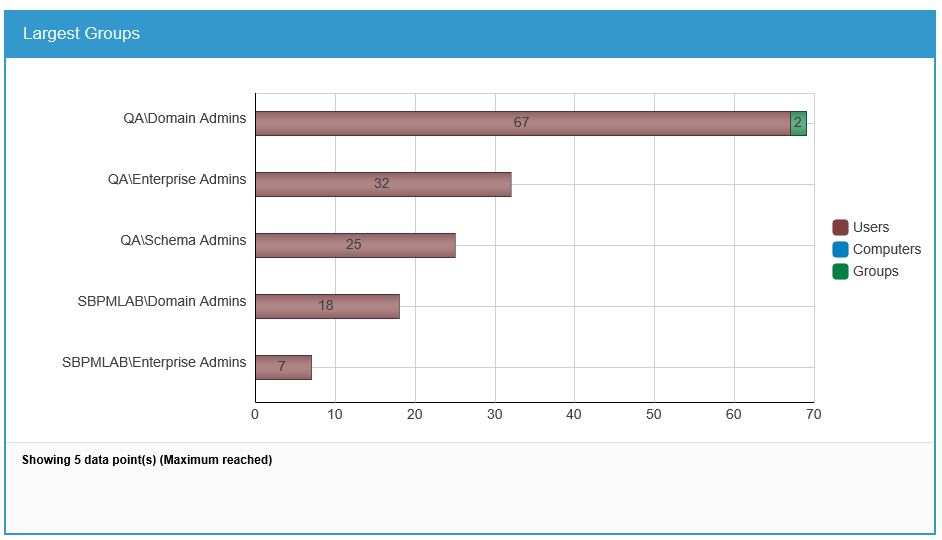

But creating reports relying on a reporting tool such as PowerShell and reviewing cryptic output is both time consuming and error prone. Regular permissions review and cleanup helps minimize the risk of privilege abuse and data breaches. IT administrators need to regularly view Active Directory user permissions reports that detail how permissions were granted so they can remove any that were assigned explicitly, as well as work with data owners to remove users from groups that grant them permissions they don’t need them for their everyday work. But ensuring that access rights follow this principle can be a challenge. Start MS Excel and open the file produced by the script.įor proper Active Directory management and better security, best practices require permissions to be inherited via Active Directory group membership rather than assigned explicitly.Get-ADObject -SearchBase (Get-ADRootDSE).schemaNamingContext -LDAPFilter '(schemaIDGUID=*)' -Properties name, schemaIDGUID |įorEach-Object | Select-Object IdentityReference, ActiveDirectoryRights, OrganizationalUnit, IsInherited -Unique |Įxport-Csv -Path "C:\data\explicit_permissions.csv" -NoTypeInformation


$ErrorActionPreference = 'Silentl圜ontinue' $report = ignore duplicate errors if any # Open the Powershell ISE → Create a new script with the following code, specifying the username and path for the export → Run the script.How to Check User Permissions in Active Directory.


 0 kommentar(er)
0 kommentar(er)
